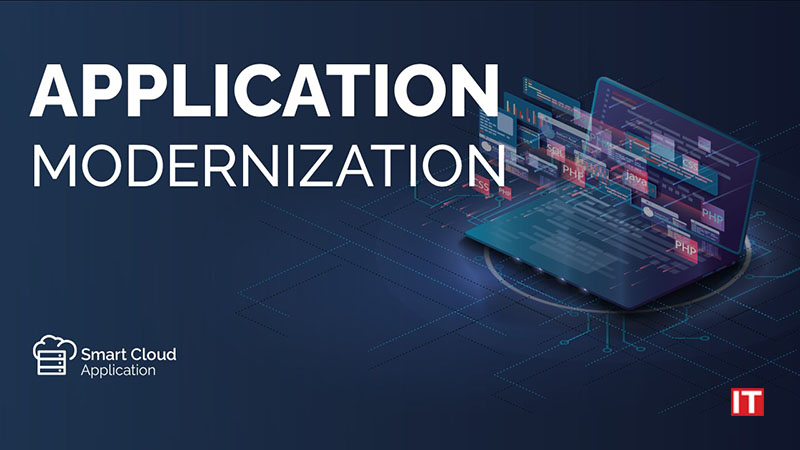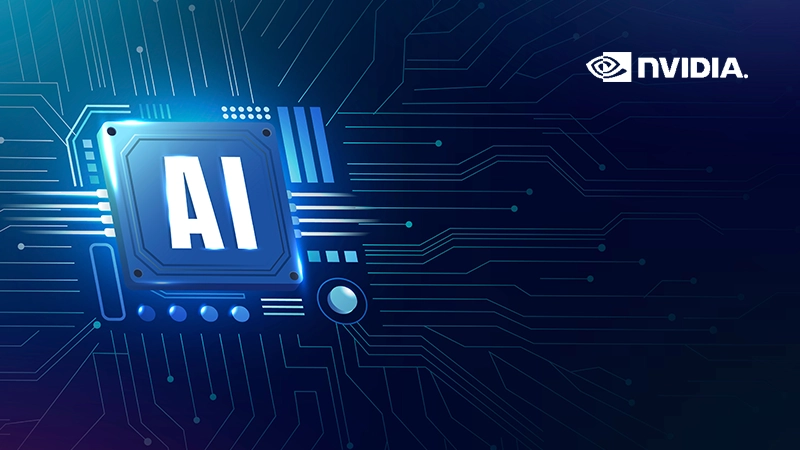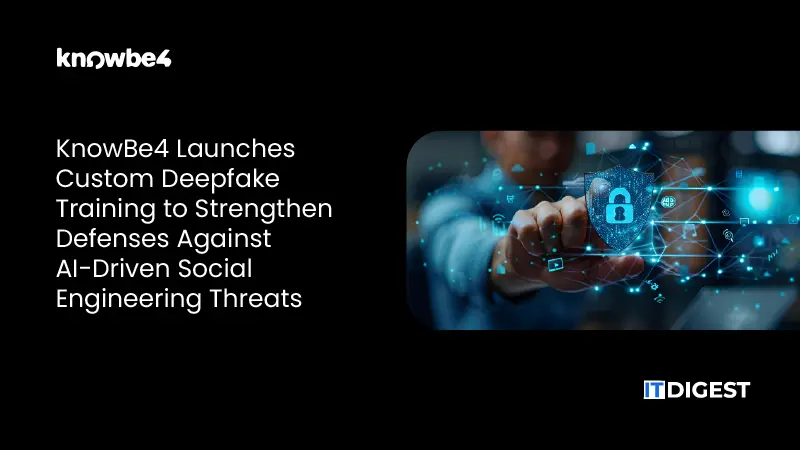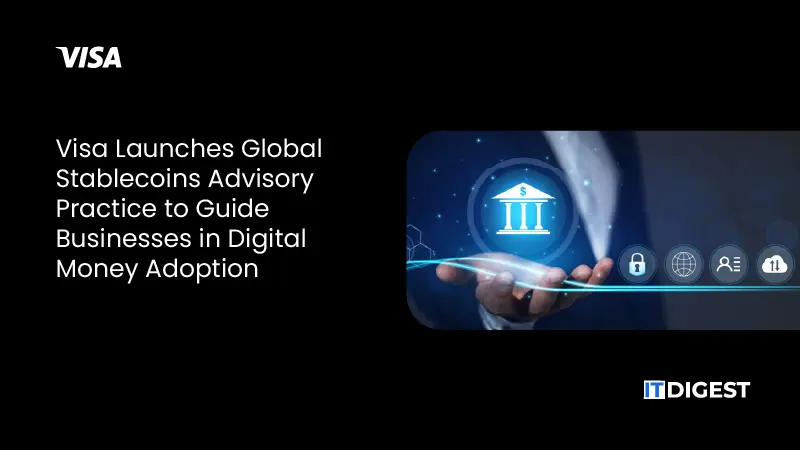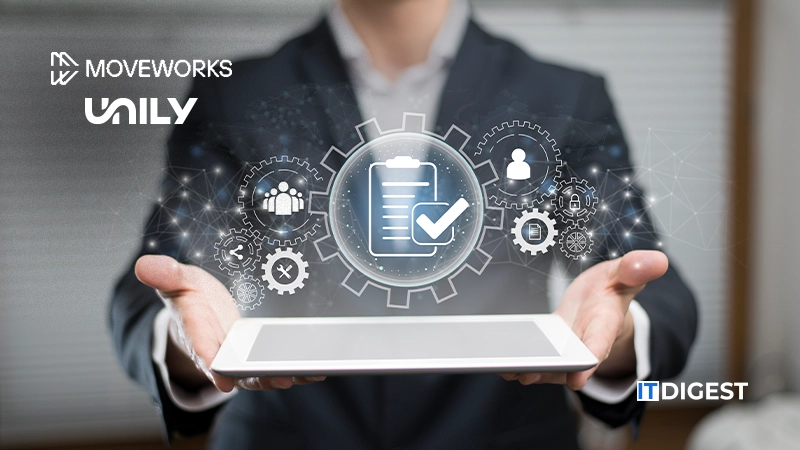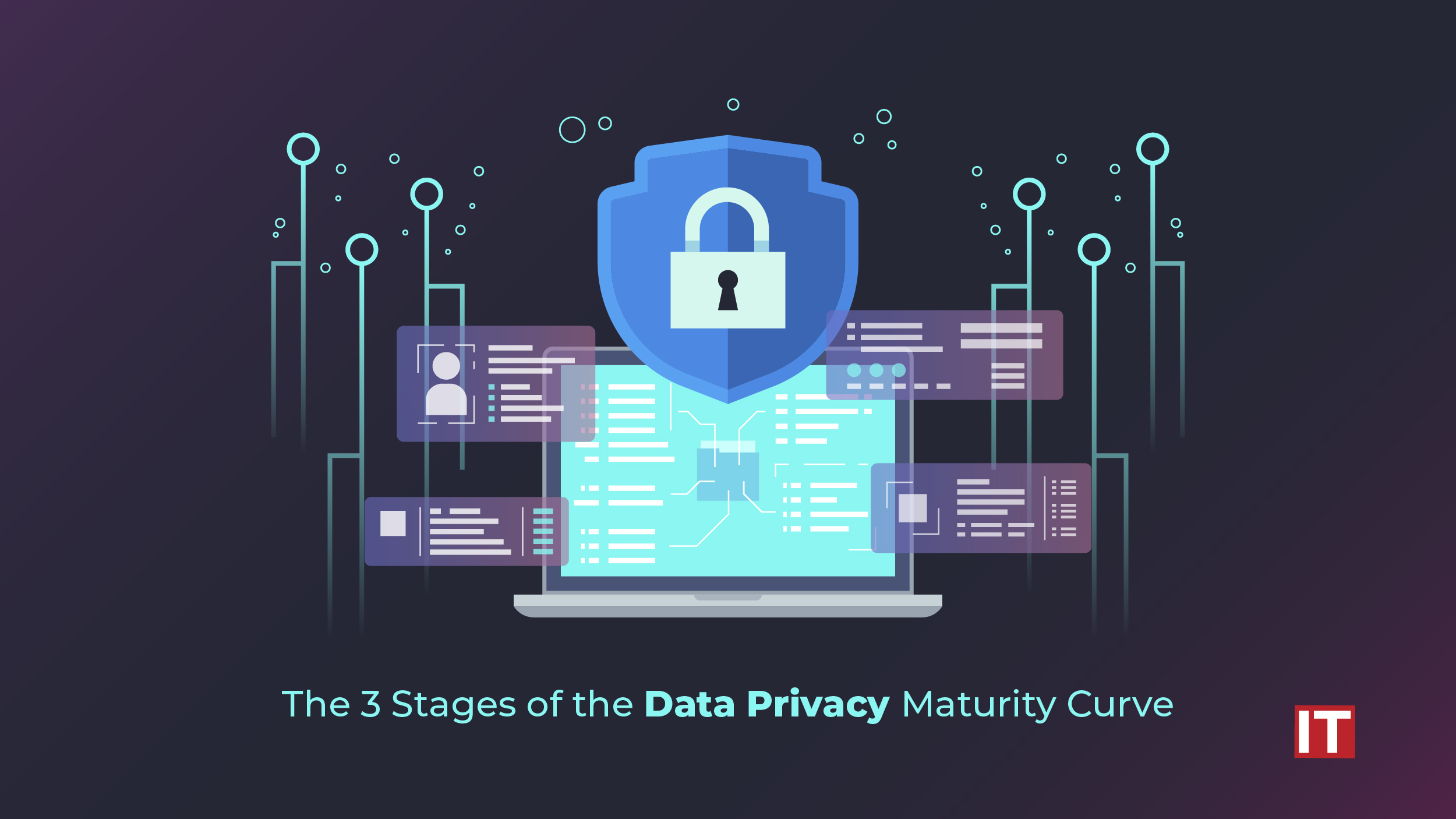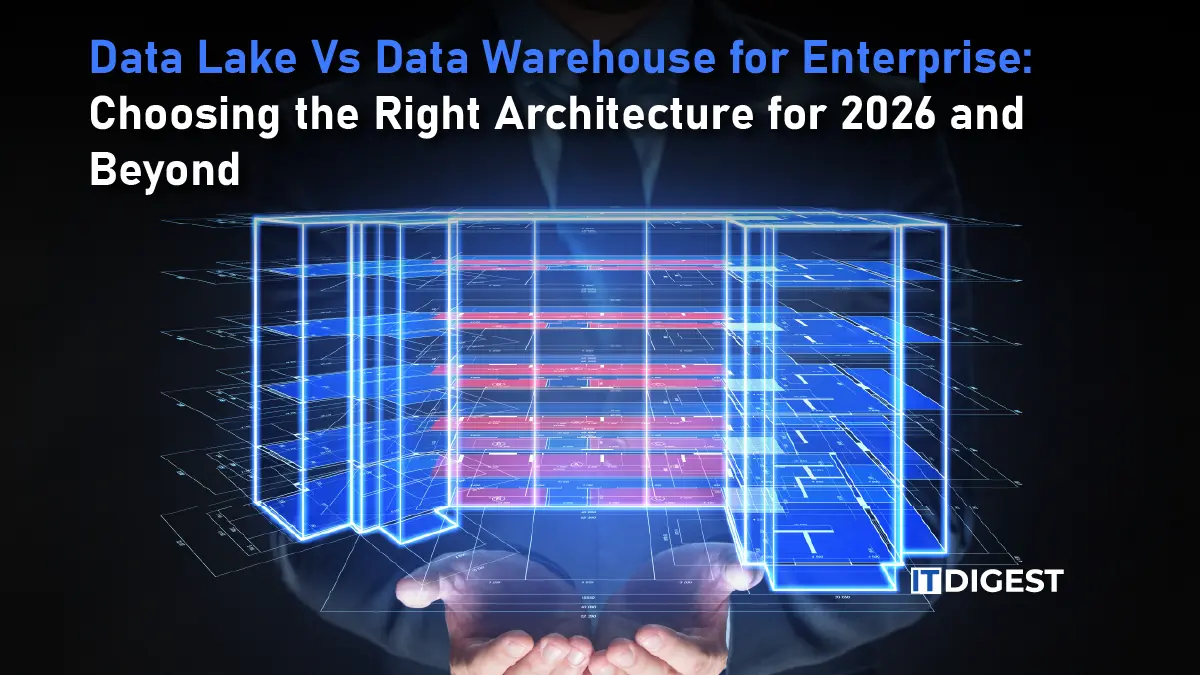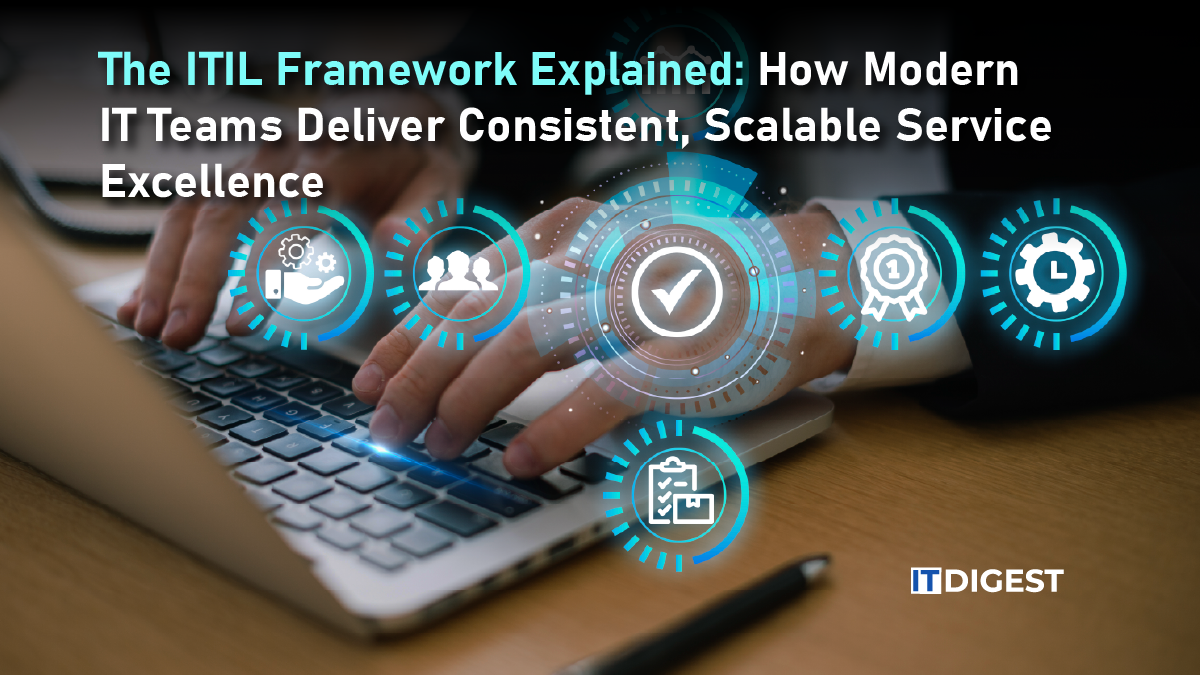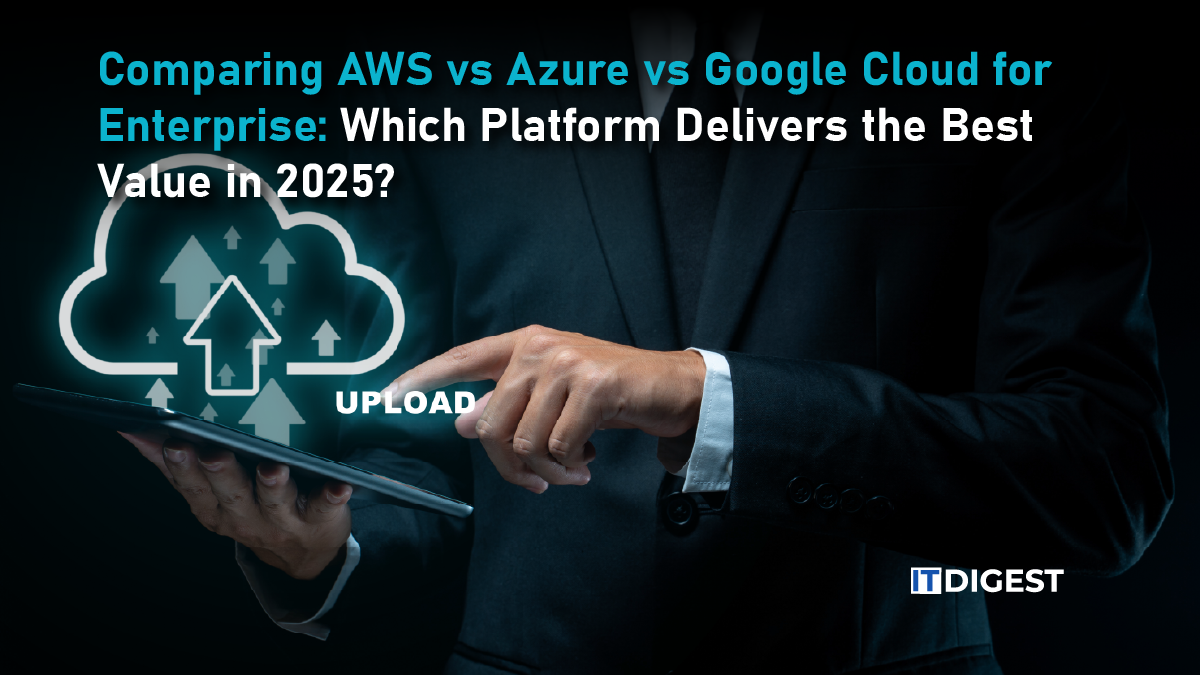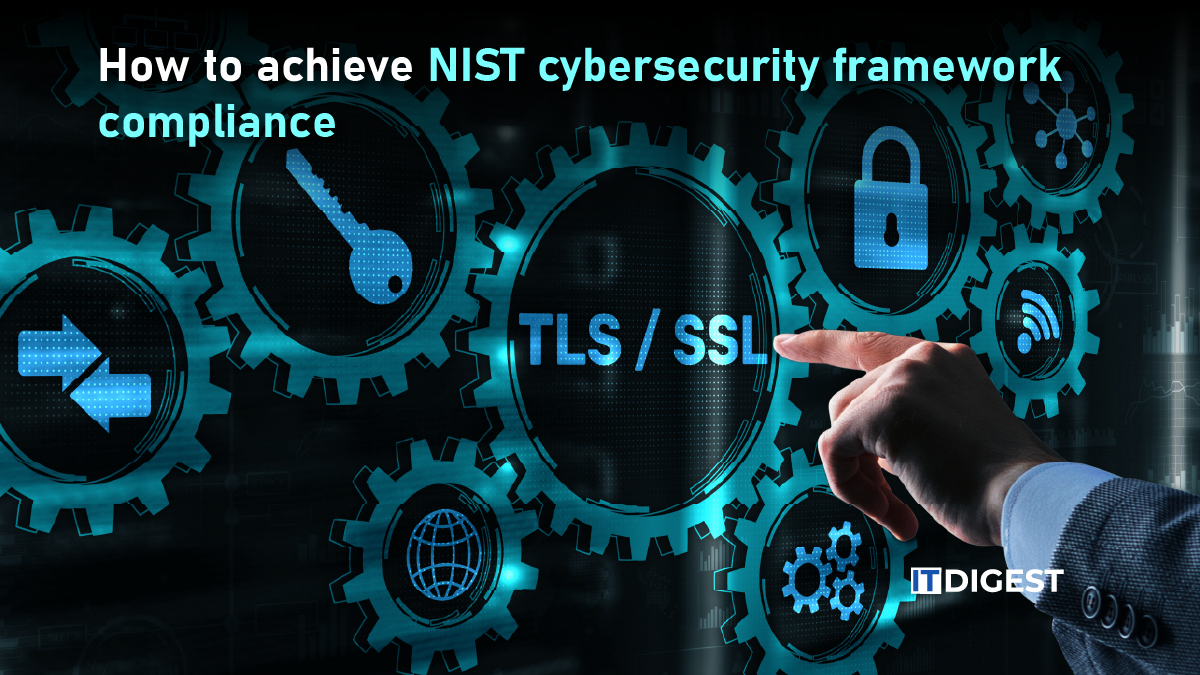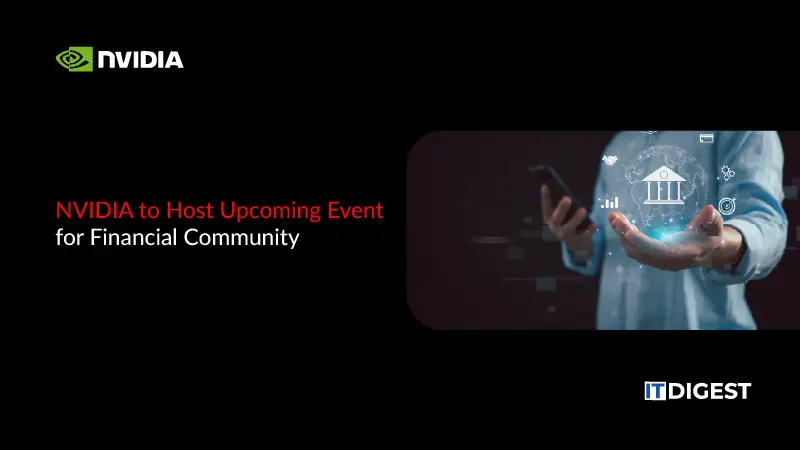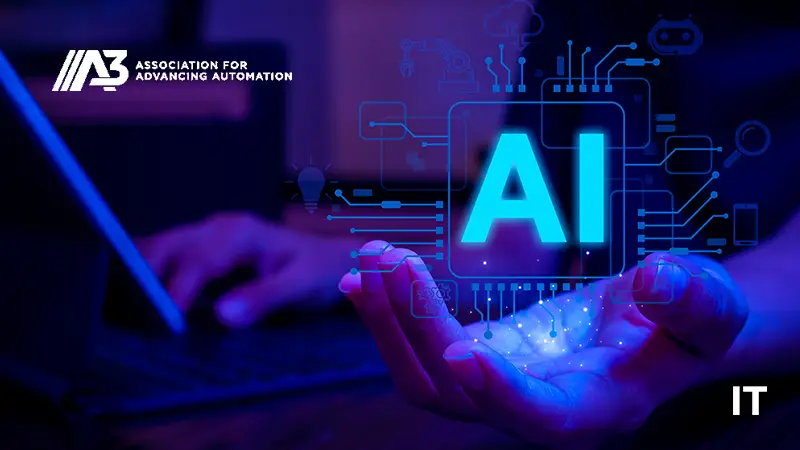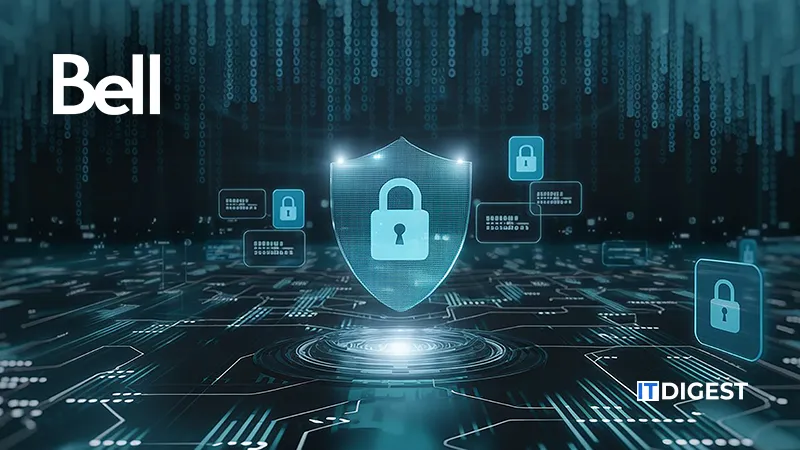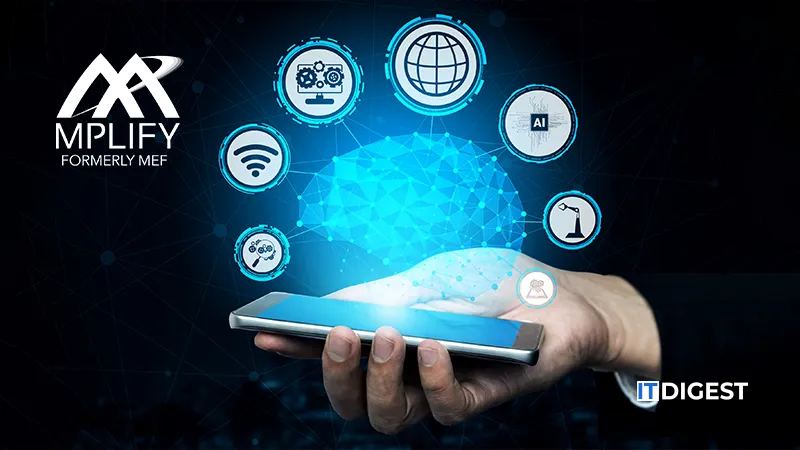In today’s digital-first world, securing access to enterprise systems has never been more critical. With growing remote workforces, increasing cyber threats, and a surge in cloud-based applications, businesses are constantly at risk of unauthorized user access and data breaches. This is where Enterprise Identity Management (EIM) steps in as a game-changing solution.
EIM ensures that the right individuals gain access to resources at the right time—securely and efficiently. But what makes enterprise identity management essential for modern businesses, and how can organizations implement it effectively to boost security and productivity? Let’s explore how this transformative technology can redefine access control and enhance organizational resilience.
What is Enterprise Identity Management?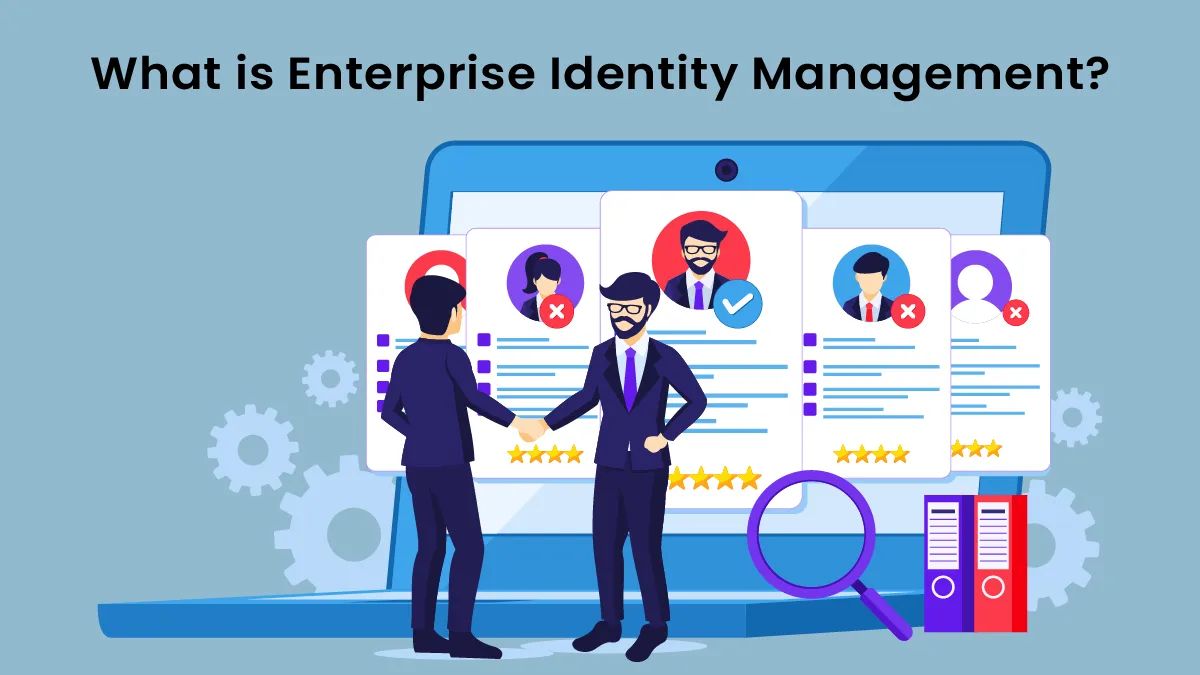
Enterprise identity management (EIM), also known as enterprise identity and access management (IAM), is the process by which businesses establish, validate, store, and utilize the digital identities of their employees (and occasionally customers). This allows enterprise businesses to safely control devices and sensitive data access throughout their entire organization.
A cohesive enterprise IAM strategy is essential in today’s digital environment, when workers frequently work remotely and malicious actors are well-funded, intelligent and relentless. In order for companies to have a fully unified corporate identity and access management (IAM) strategy, they need to examine and re-establish the policies and procedures that will allow them to create and manage digital identities using a central system.
Depending on your company, this may require some work. Identity management is sometimes approached in silos by legacy firms; some may utilize physical passkeys, others may employ username/password combinations, and still others may lack sufficient security measures. Every department inside the company has a different strategy, regardless of how secure or insecure it is.
The effort is worthwhile. As more people work from distant offices, from home, or while traveling for work, very few firms have a physical perimeter and firewall. Businesses must centralize and safeguard EIM using contemporary security techniques and technologies to guarantee the security of the entire enterprise.
The Fundamentals of Enterprise Identity Management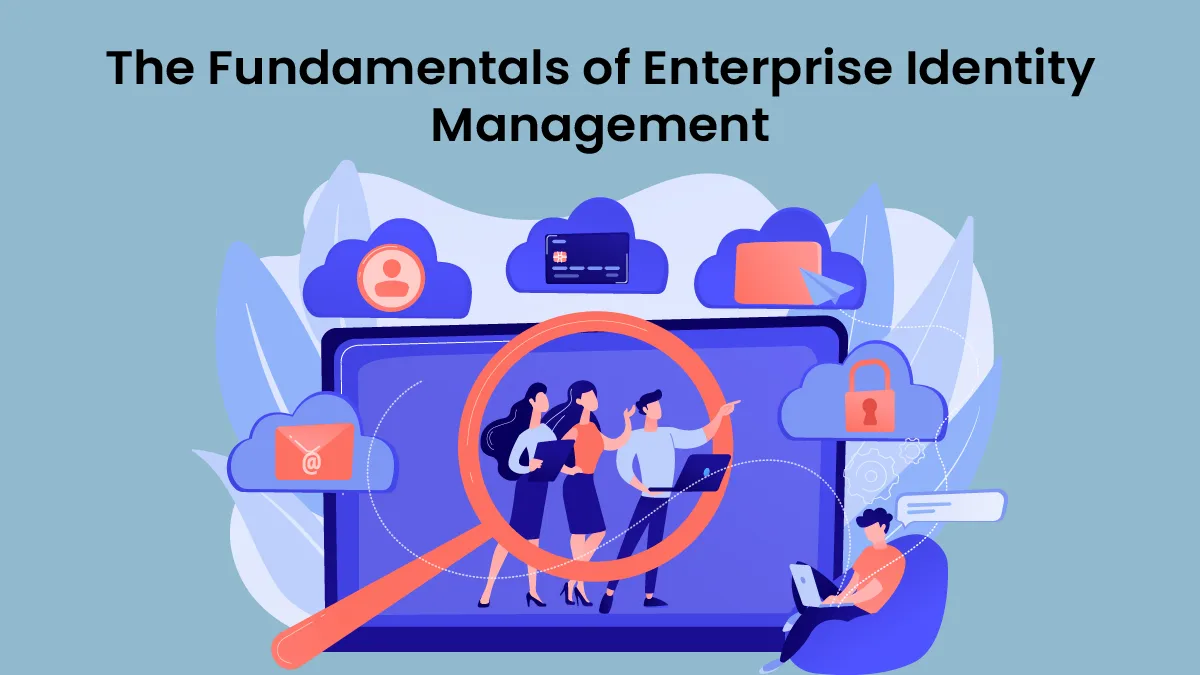
The following key components are required for a business to put into practice identity access management solutions that can be effectively utilized to restrict and safeguard access to company data and files:
1. User authentication
User authentication demonstrates a person’s identity
“User authentication” describes the processes and tools that make sure a company’s access system confirms each user’s identity before granting them access to any devices, networks, or data that could expose an organization to tampering.
Businesses utilize a range of identity profile creation techniques for access and identity management. Single Sign-on (SSO) and identity providers (IdP) are two of the most popular. With a single logon, these providers store and manage users’ digital identities and grant user access to all the data, networks, apps, and devices that staff members require to carry out their jobs.
In that area of enterprise identity management, well-known vendors include:
- Okta
- Auth0
- OneLogin
- Microsoft Entra ID (formerly Azure)
- Google Workspace
2. Authorization
Another crucial component of permission is identity providers. Organizations can choose the type of authorization they want (smart cards, certificates, or other security measures) by working with an IdP. IT should collaborate with a Mobile Device Management (MDM) provider to establish restrictions and permissions to particular apps, data, and network segments in order to better control what authenticated and authorized users are able to accomplish. The greatest flexibility, degree of detail, and automation for this procedure can be obtained by an organization by using a supplier like Jamf Pro, which offers configurable policies and Smart Groups.
3. User lifecycle management
A typical lifecycle for user account management:
- New hires are set up with IDs, devices, apps, and access during onboarding. You should pick a vendor that provides the best user experience for new hires and automated onboarding processes.
- Management secures, maintains, and regulates people, devices, and applications. Make sure your provider integrates cybersecurity technologies tightly, offers same-day support, and incorporates security measures into management through automated updates and patches.
- Offboarding is the process of deactivating access and ID permissions when an employee leaves the firm. At this point in the user lifecycle, you should make sure your vendor can quickly terminate access and clean devices so other employees can utilize them.
Also Read: CISO’s Guide to Privileged Identity and Access Management (PIAM) Solution
What is an Enterprise Identity Management System?
Software called an enterprise identity management system assists big businesses in handling all the moving components of modern management. In addition to managing a changing workforce and business procedures, it supports both in-person and remote workers and protects users, networks, and data.
Selecting a single supplier for your company’s IT doesn’t have to juggle multiple facets of current management because IAM neatly integrates all of them. It integrates cybersecurity into all aspects of its administration and security, saving businesses money that would otherwise be spent on using one-off software to shore up unfinished solutions.
Consider the Regulatory and Security Challenges
Using an enterprise identity management approach may also require reassessing the relevant laws and security issues.
A significant change in how businesses must manage customers’ personal information was brought about by the passing of the California Consumer Privacy Act and the General Data Protection Regulation of the European Union, but it was just the beginning. A few U.S. states have also enacted or are considering data privacy legislation. Additionally, industry-specific rules may be applicable, especially in the financial services and healthcare sectors.
Although it’s not as if a fragmented approach allows a company to evade legislation, it can be crucial to consider both existing and future rules when undergoing a significant digital transition. Think about how it would be advantageous to go above and beyond the bare minimum. 61 percent of customers want total control over how businesses use their personal data, according to a 2023 Experian white paper.
Any firm that gathers and keeps customer personal information must also prioritize security. Managing growing volumes of data may be made simpler with an enterprise-wide identity management system, thus reducing the risk of fraud. Additionally, 67 percent of your consumers are willing to provide data if doing so will improve security and prevent fraud.
Final Thoughts
Enterprise identity management has emerged as a key component of strong security policies as access complications and cyber threats continue to change. Through the centralization of identity verification, the simplification of access control, and the reduction of risks, EIM enables companies to protect their systems while increasing operational effectiveness. It is now essential to invest in a comprehensive EIM solution, regardless of the size of your business. Organizations may improve security, guarantee compliance, and get ready for the challenges of the future digital world by implementing the appropriate identity management solutions.





